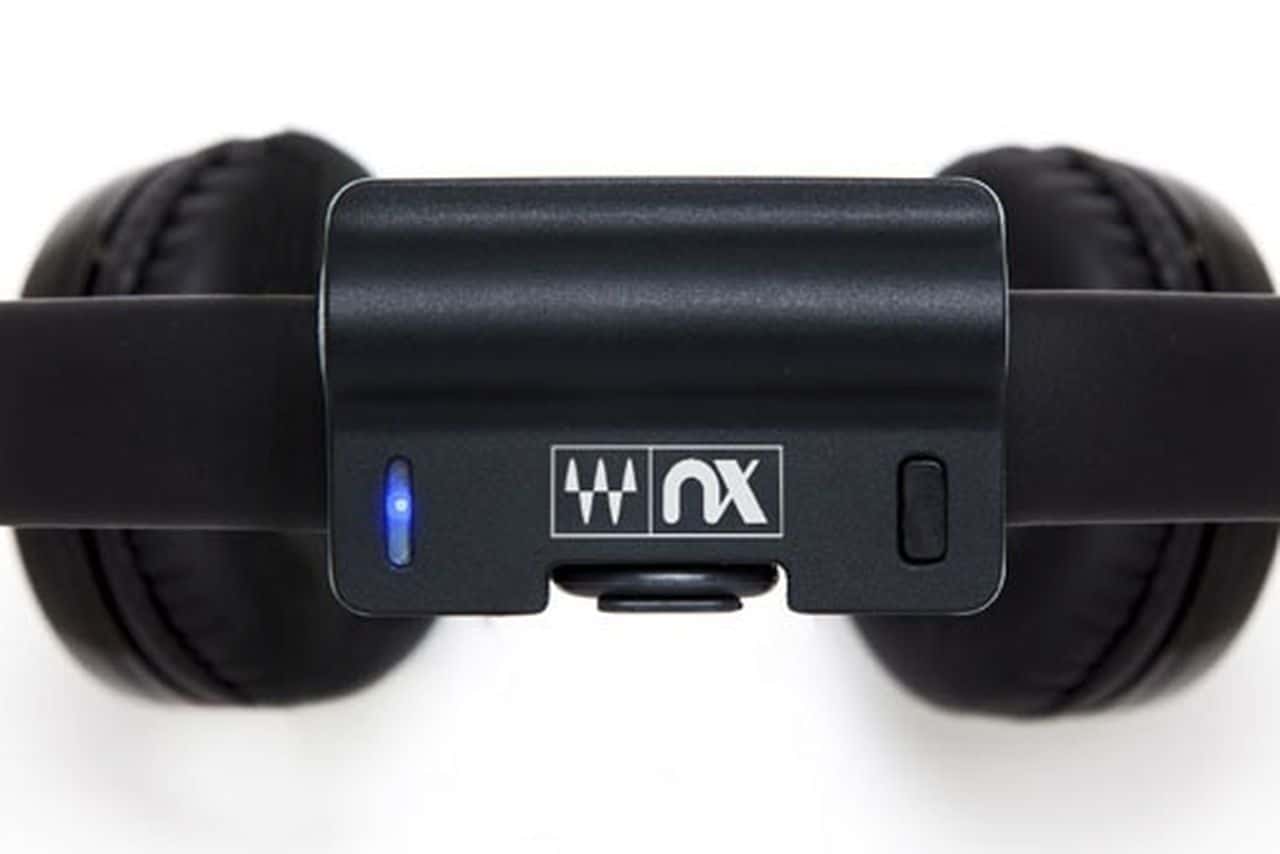

You can easily toggle the Monitor FX channel On and Off with this button.Ī similar function called Control Room can be found in Cubase: It means that the Monitoring FX channel is active for all open Reaper projects, not just the one that is currently in the foreground. Notice how in the upper-right corner of Reaper, a green Monitor FX button appears. Click on View and select Monitoring FX Ģ. To create a Monitoring FX channel in Cockos Reaper:ġ. When you print or render your master out, the Monitoring FX channel effects will have no effect on the result. This setup works really well if you are using several outputs simultaneously - this way, you can insert a Reference 4 plug-in with a unique preset for each unique output device.įor example, in Cockos Reaper, whatever you put on the Monitoring FX channel will only apply to the monitoring signal flow.

Make this monitoring track receive audio from the Master track (Post FX).Insert the Reference plug-in into the newly created audio track.Create a new audio track - you will be using it as your monitoring track.You could also create a dedicated monitoring mix bus in other DAWs. In case you are using a DAW with a Control Room (Cubase) or a Monitor FX (Reaper) feature, you can simply insert the Reference 4 plug-in into the dedicated monitor/control room track and not worry about disabling it or about the calibrated sound making it into your final mix. The best possible solution would be using a dedicated monitoring bus track. You could also use a mix bus (AUX track) as your master track, and place our plug-in on the actual master track, turning it into a dedicated Reference 4 track. For example, you could try using an analyzer plug-in right before the Reference 4 plug-in and consult it for all of your final mix information instead of the master VU meter. There is a number of creative ways you can avoid the issue where the master fader VU meter is rendered useless by the plug-in. What if the Reference 4 Safe Headroomfeature lowers your master track output volume and there is a volume burst upon disabling the plug-in? Reference 4 plug-in lowers the master volume, messing with monitoring Most DAWs will remind you to bypass the plug-in - you can read more about which DAWs have this functionality here: Render bypass notification.
SONARWORKS WITH WAVES NX FULL
Make sure you make a full plugin bypass in your DAW, not just the calibration bypass inside your Reference plug-in. Failing to bypass the effect would mean adding the compensation for the sonic anomalies of your system to the rendered audio. Note that the plug-in is meant to calibrate your speakers and room just like acoustic treatment would. Otherwise, the correction will be applied to your master bus mixdown. Remember that the plug-in must be bypassed every time you are exporting audio from your DAW. The Reference 4 plug-in should be inserted after the speaker emulation plug-ins, such as Waves NX and Can Opener. That way you can keep using the analyzer plug-ins for checking how your end mix is going to look like. Keep it on the master output after all the analyzers and metering plug-ins.

Ready-to-use headphone calibration for 480+ modelsĪccurate speaker measurements and calibration for audio systems from stereo up to 9.1.The Reference 4 plug-in should always come last in the chain. High accuracy SoundID Reference Measurement Microphone with individual multi-angle calibration curves
SONARWORKS WITH WAVES NX SOFTWARE
Reliable, consistent, easy to use calibration software for all of your audio system:Īccurate speaker measurements and calibration for audio systems from stereo up to 9.1.6 channels It also works for headphones, so you can also calibrate any of the 480+ headphone models from Sonarwork's growing headphone profile database to achieve consistent reference sound between your headphones and speakers. SoundID Reference for Multichannel delivers accurate and reliable reference sound for speaker setups from simple stereo up to 9.1.6 atmos systems. Multichannel Calibration for Perfect Translation


 0 kommentar(er)
0 kommentar(er)
